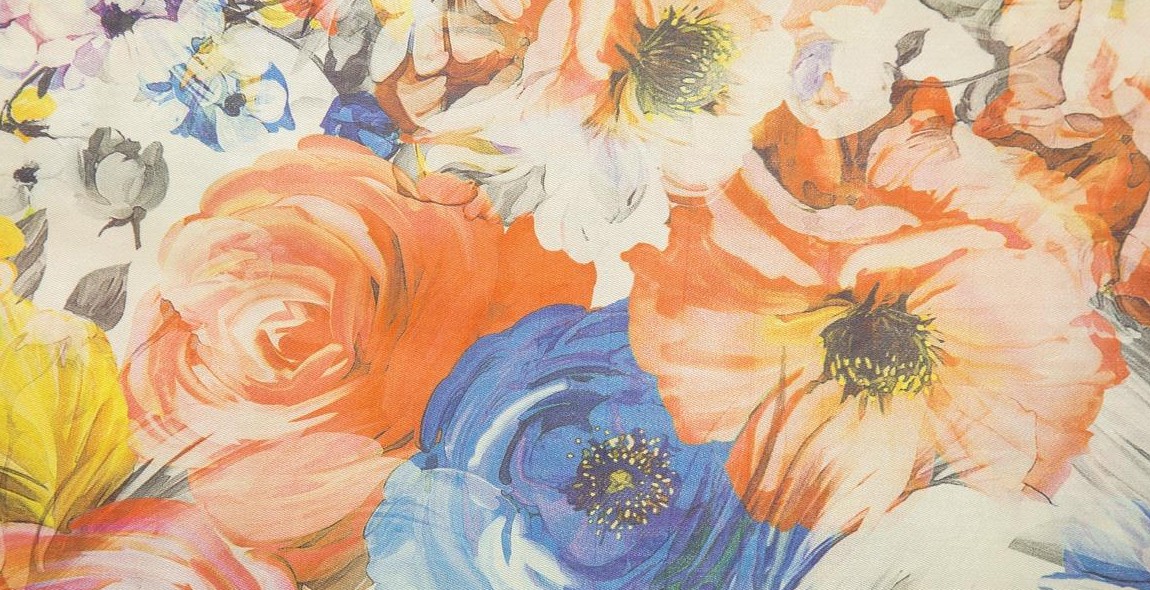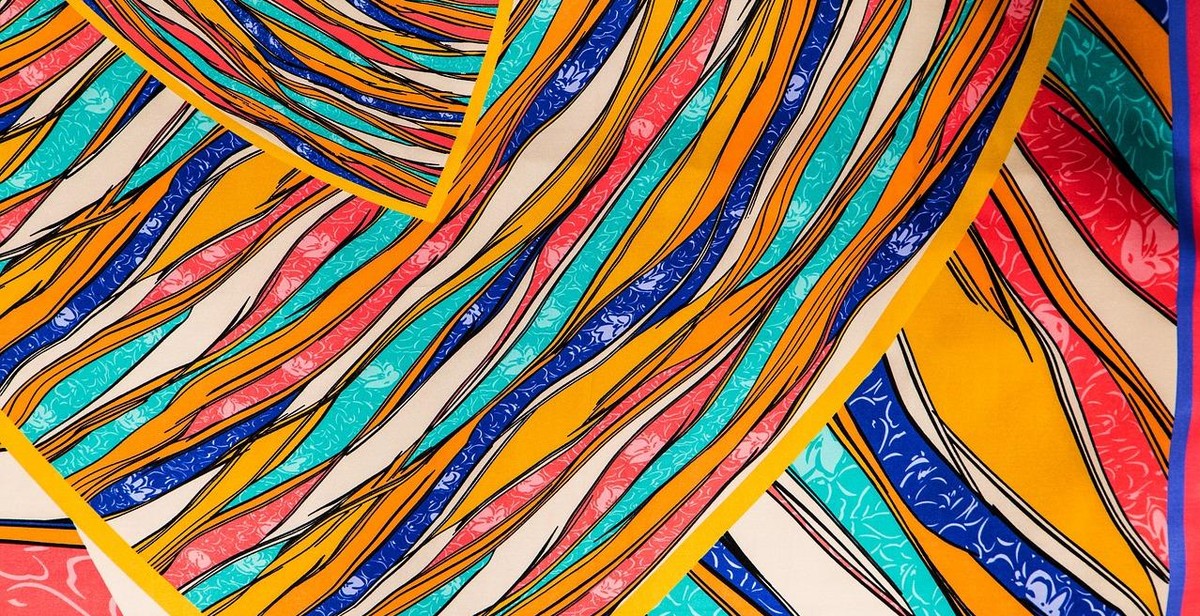Introduction: Setting Up Your Weaving Studio for Efficiency
As a professional weaver with years of experience, I have learned that having a well-organized and efficient weaving studio is crucial for success. Whether you are just starting out or looking to improve your current workspace, there are several key factors to consider when creating a weaving studio that works for you.
My Personal Experience with Weaving Studios
When I first started weaving, I made the mistake of setting up my studio without much thought or planning. As a result, I found myself constantly searching for tools and supplies, struggling to maintain a consistent workflow, and feeling frustrated with the cluttered and disorganized space.
Over time, I realized the importance of creating a workspace that was tailored to my specific needs and preferences. Through trial and error, I developed a system that allowed me to work efficiently and effectively, and ultimately led to greater success and satisfaction in my weaving practice.
The Benefits of an Efficient Weaving Studio
By setting up your weaving studio for efficiency, you can:
- Save time and increase productivity
- Reduce stress and frustration
- Improve the quality of your work
- Enhance your overall weaving experience
In this article, I will share my tips and insights on how to create a weaving studio that is optimized for efficiency, productivity, and success.

Step 1: Choosing the Right Space
Creating a weaving studio is a dream come true for many weavers. However, it’s important to choose the right space to ensure that your studio is efficient and enjoyable to work in. Here are some considerations for the perfect weaving space:
Finding the Right Location
The location of your weaving studio is crucial. It should be a space where you feel comfortable and inspired. Here are some things to consider when choosing a location:
- Size: Choose a space that is large enough for your loom and other equipment. You’ll also need room to move around and store your supplies.
- Lighting: Natural light is ideal for weaving. Look for a space with large windows or consider adding skylights. If you can’t find a space with natural light, make sure you have adequate artificial lighting.
- Noise: Weaving can be a noisy activity, so choose a space where you won’t disturb others and won’t be disturbed by outside noise.
- Accessibility: Make sure your studio is easy to access. If you have to climb stairs or navigate narrow hallways, it will be difficult to move your loom and supplies in and out.
- Affordability: Consider your budget when choosing a location. You don’t want to spend all your money on rent and have nothing left for supplies.
By considering these factors, you can find the perfect location for your weaving studio. Once you have a space, you can move on to the next step: setting up your loom and other equipment.
Step 2: Organizing Your Equipment and Supplies
After you have gathered all the essential tools and equipment for your weaving studio, it’s time to organize them in a way that maximizes your efficiency. Here are some tips:
Essential Tools and Equipment
Make sure that all your tools and equipment are easily accessible and within reach. This will save you time and energy when working on your projects. Here are some suggestions:
- Place your loom in a central location with plenty of space around it.
- Hang your shuttles, bobbins, and other weaving tools on a pegboard or a wall-mounted organizer.
- Store your yarns in a place where they are easily visible and accessible. Consider using clear plastic bins or shelves with labels to organize them by color, weight, and fiber.
- Keep your measuring tools, scissors, and other accessories within arm’s reach on a table or in a drawer.
- Invest in a good lighting system that illuminates your work area and reduces eye strain.
Organizing Your Supplies
Keeping your supplies organized is essential for a smooth weaving process. Here are some tips:
- Use clear plastic bins or drawers to store your weaving supplies such as extra heddles, reeds, and warp sticks.
- Label everything and keep an inventory of your supplies to avoid running out of essential items.
- Organize your weaving books, magazines, and patterns in a bookshelf or a binder.
- Consider investing in a computer or tablet to store your digital patterns and designs.
- Keep your workspace clean and tidy to avoid losing small items or getting tangled in yarns.
| Tool or Equipment | Storage Suggestions |
|---|---|
| Loom | Central location with plenty of space around it |
| Shuttles, bobbins, and other weaving tools | Pegboard or wall-mounted organizer |
| Yarns | Clear plastic bins or shelves with labels |
| Measuring tools, scissors, and other accessories | Table or drawer within arm’s reach |
By organizing your equipment and supplies, you can create a weaving studio that is both efficient and enjoyable to work in.
Step 3: Creating a Comfortable and Productive Environment
Creating a comfortable and productive environment is crucial to ensure that you enjoy weaving and stay productive. Here are some tips to help you set up your weaving studio for efficiency.
Ergonomics and Comfort
Ergonomics is the study of designing tools, equipment, and workspaces that are comfortable and efficient for the user. When setting up your weaving studio, it’s important to consider ergonomics to prevent physical strain and injuries.
- Choose a comfortable chair with good back support to prevent back pain.
- Ensure that your loom is at the right height to avoid straining your neck, shoulders, and arms.
- Use a footstool to support your feet and legs to prevent leg fatigue.
- Place your tools and materials within easy reach to avoid unnecessary stretching or bending.
Lighting
Good lighting is essential for weaving as it helps you to see the details of your work. It also helps to prevent eye strain and headaches.
- Natural light is the best option, so try to position your loom near a window.
- Use task lighting to illuminate your work area. A floor lamp or desk lamp will provide focused lighting.
- Ensure that your lighting is bright enough to see your work clearly but not so bright that it causes glare or shadows.
Temperature
Temperature can affect your comfort and productivity when weaving.
- Ensure that your studio is well-ventilated to prevent stuffiness and overheating.
- Use a fan or air conditioning to keep the temperature comfortable.
- Wear comfortable clothing that is appropriate for the temperature.
| Tip: | Experiment with different setups to find what works best for you. Everyone’s needs are different, so don’t be afraid to make adjustments until you find the perfect setup for your weaving studio. |
|---|
Step 4: Designing Your Workflows for Efficiency
Now that you have analyzed your weaving process and identified the necessary equipment and tools, it’s time to create workflows that will help you work efficiently in your weaving studio. Designing your workflows involves organizing your space, setting up your equipment, and creating a system for managing your materials.
Organizing Your Space
Organizing your weaving studio is crucial for creating an efficient workflow. You need to ensure that your space is clean, clutter-free, and well-lit. This will help you work comfortably and efficiently. You can organize your space by:
- Creating designated areas for each stage of your weaving process.
- Installing shelves, cabinets, and drawers for storing your materials and tools.
- Labeling your materials and tools for easy identification.
- Keeping your workspace tidy and free of unnecessary items.
Setting Up Your Equipment
Your equipment is the backbone of your weaving studio. You need to ensure that your equipment is set up correctly and functioning properly. This will help you work efficiently and avoid any unnecessary downtime. You can set up your equipment by:
- Positioning your loom in a comfortable and accessible location.
- Installing proper lighting and ventilation for your loom.
- Calibrating your loom to ensure that it is working correctly.
- Organizing your tools and accessories for easy access.
Creating Efficient Workflows
Creating efficient workflows involves developing a system for managing your materials and completing each stage of your weaving process. You can create efficient workflows by:
- Breaking down your weaving process into smaller, manageable tasks.
- Creating a schedule for each stage of your weaving process.
- Organizing your materials and tools for each stage of your weaving process.
- Keeping track of your progress and adjusting your workflows as needed.
| Stage of Weaving Process | Materials Needed | Tools Needed |
|---|---|---|
| Warping | Warping board, warp yarn, lease sticks | Warping paddle, scissors, tape measure |
| Threading | Warp yarn, heddles | Threading hook, scissors |
| Weaving | Weft yarn, shuttle | Beater, shed stick, scissors |
| Finishing | Fringe yarn | Scissors, needle, comb |
By following these steps, you can create a weaving studio that is efficient, organized, and comfortable to work in. This will help you focus on your craft and achieve your weaving goals.

Step 5: Developing Your Personal Style
As you begin to explore your creative vision, it’s important to focus on building your personal style as a weaver. Developing a unique style that sets you apart from others in the industry is essential to standing out and building a successful weaving studio.
Exploring Your Creative Vision
Before you can develop your personal style, it’s important to explore your creative vision. Take the time to experiment with different weaving techniques and materials to determine what you enjoy working with the most. This will help you develop a unique aesthetic that reflects your personal style and creative vision.
Consider taking weaving classes or attending workshops to learn new techniques and gain inspiration from other weavers. This can help you expand your knowledge and skills, and give you new ideas to incorporate into your work.
Building Your Personal Style
Once you have a clear understanding of your creative vision, it’s time to start building your personal style. This can be achieved through a variety of methods, including:
- Experimenting with different color palettes
- Incorporating unique textures and patterns
- Playing with different weaving techniques
- Using unconventional materials
Remember, building your personal style takes time and patience. Don’t be afraid to make mistakes and try new things. Over time, you’ll develop a unique aesthetic that sets you apart from other weavers in the industry.
| Tip: | Consider creating a mood board or inspiration board to help guide your personal style development. Include images, colors, and textures that inspire you and reflect your creative vision. |

Conclusion
Creating a weaving studio is an exciting venture for anyone who loves working with fibers and textiles. It can be a challenging task to set up your workspace, but with a little creativity and planning, you can create a functional and efficient workspace that suits your needs.
Whether you are a professional weaver or a hobbyist, having a dedicated workspace is essential for your success. By following the tips outlined in this article, you can create a workspace that is comfortable, organized, and conducive to creativity and productivity.
Remember to consider factors such as lighting, ventilation, storage, and equipment when setting up your weaving studio. And, most importantly, don’t forget to personalize your space with decor and furnishings that inspire you and make you feel at home.
- Start with a plan and consider your specific needs and requirements
- Invest in quality equipment and tools to ensure your work is of the highest standard
- Organize your space to maximize efficiency and productivity
- Personalize your workspace with decor and furnishings that inspire you
With a little effort and creativity, you can create a weaving studio that is not only functional but also a space you look forward to spending time in. So, go ahead and set up your workspace today, and get ready to unleash your creativity!
